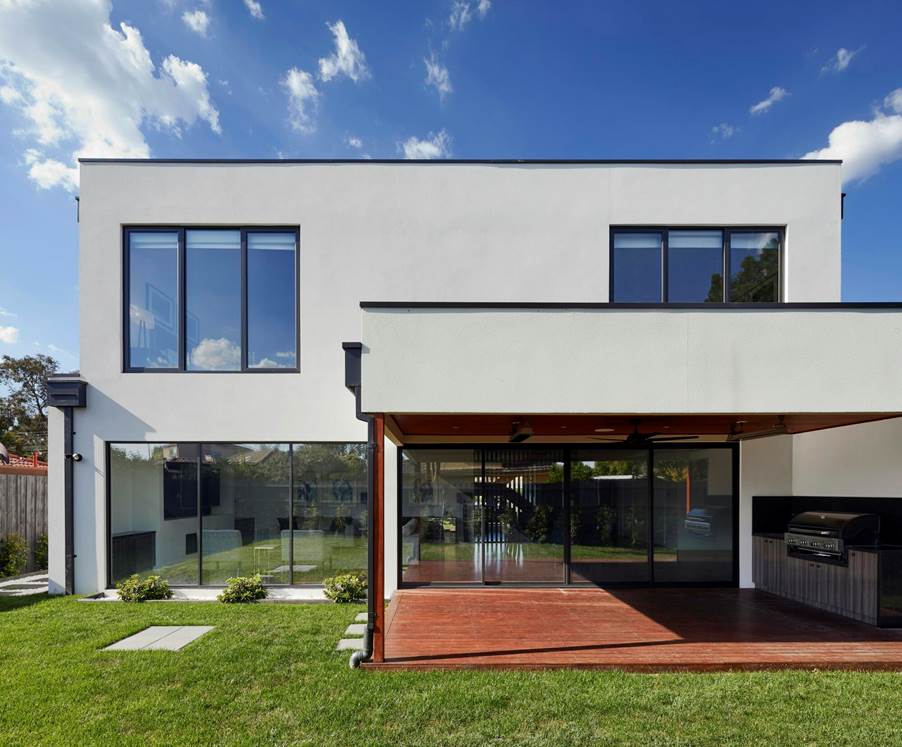Table of Contents
Today, more people want to build homes that care for the planet. Choosing the right materials helps reduce waste, save energy, and cut costs. In this article, we will explore the top sustainable building materials for modern homes. These materials are good for the environment, strong, and often cost less over time.
Let’s dive in and learn how to build a greener home.
Reclaimed Wood
Reclaimed wood comes from old buildings, barns, or shipping pallets. It reduces the demand for new lumber and keeps trees standing.
This wood has character-knots, weathered edges, and unique colors. It is great for floors, walls, or ceiling beams. Just make sure it is properly treated for pests and sealed to protect from rot.
Bamboo
Bamboo grows fast-sometimes over a meter per day! This makes it a highly renewable resource. It works well as flooring, cabinetry, or furniture. Bamboo is strong, looks sleek, and can rival hardwoods. It also takes less water to grow. Go for bamboo that is certified and processed in environmentally friendly ways.
Recycled Metal
Steel and aluminum can be recycled many times without losing strength. Recycled metal is used in roofing, framing, and siding.
Methods of recycling metals use less energy than mining new ore. Click for aluminum decking systems to reduce waste and get surfaces that resist rust, fire, and pests. Using recycled metal helps save resources and can lower long-term costs thanks to durability.
Hempcrete
Hempcrete is a mix of hemp fibers, lime, and water. It makes a light, breathable wall material with good insulation. Hemp grows quickly and without many pesticides. Hempcrete helps keep homes cool in summer and warm in winter. Also, it stores carbon, which helps reduce greenhouse gases in the air.
Recycled Plastic and Composite Materials
Plastic waste is a major problem worldwide. Recycled plastics can be made into boards, panels, and decking. Composite materials blend recycled plastic with wood fibers or other safe fillers.
They resist rot, insects, and do not need frequent replacement. These options divert waste from landfills while giving durable building materials.
Rammed Earth and Adobe
These are ancient building methods, revived with modern engineering. Rammed earth uses compacted soil mixed with small amounts of cement or lime. Adobe uses clay bricks dried in the sun.
Walls made this way store heat and release it slowly. They provide a natural look and strong thermal mass. Also, they need little energy to make and often use local materials.
Cork, Wool, and Cellulose Insulation
Insulation keeps heat in during winter and out during summer. Natural insulation options include:
- wool
- cork
- recycled cellulose (old paper)
They are non-toxic and do not irritate skin or lungs. They help reduce energy bills and can improve indoor air quality. Many of these materials are renewable or recycled, so they reduce our carbon footprint.
Solar Panels and Green Roofing Materials
Solar panels generate clean energy from the sun. They cut electricity bills and reduce reliance on fossil fuels. Green roofing uses plants or vegetated surfaces. These roofs cool buildings, absorb storm water, and provide habitats for wildlife. Combining solar panels with green roofs boosts energy savings and environmental benefits.
Building for a Greener Future
Building a sustainable home does more than help save money-it creates a healthier space for people and the planet.
Start by picking one or two sustainable options for your next project. The planet will thank you, and your future self will too. Ready to build better? Take action now: choose sustainable materials and build a home that lasts.
Looking for other informative articles? Check out the rest of our website today!




